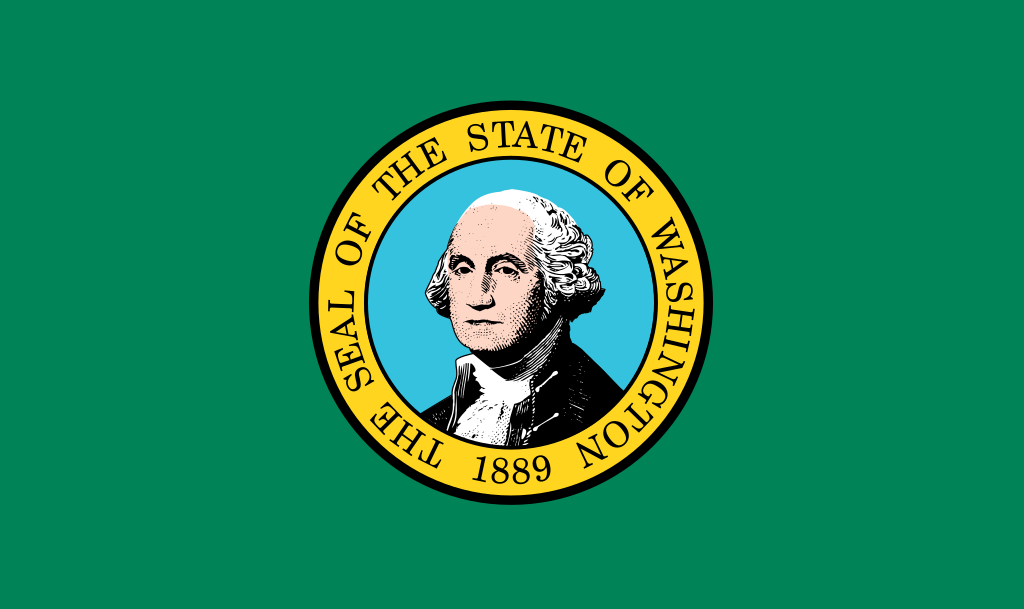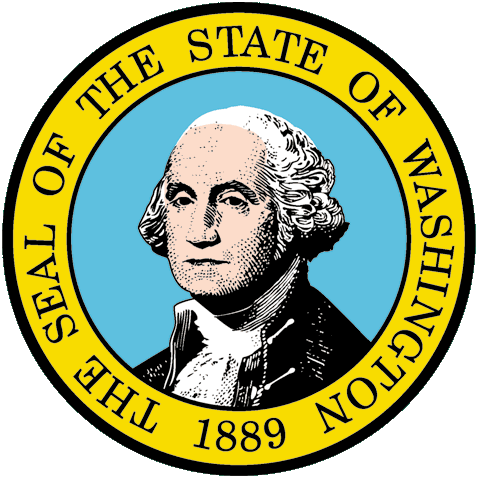Tag: washington
-
Abortion, public safety, and the cost of living: three central themes in race for governor of Washington

Bob Ferguson (D) and Dave Reichert (R) are running for governor of Washington on November 5, 2024. They advanced from the top-two primary on August 6, 2024, with Ferguson receiving 44.9% of the vote and Reichert 27.5%. Twenty-eight candidates ran in the primary. Incumbent Jay Inslee (D) did not run for re-election. There are three…
-
Both candidates for Superior Court Judge in Kittitas County, Wash., complete Ballotpedia’s Candidate Connection survey

Both candidates running in the general election for Kittitas County Superior Court Judge Position 1—Chris Herion and Matt Mills—completed Ballotpedia’s Candidate Connection survey. These survey responses allow voters to hear directly from candidates about what motivates them to run for office. All respondents running for judicial office are asked to tell voters why they are…
-
Incumbent Mike Pellicciotti (D) and Sharon Hanek (R) are running for Washington Treasurer on Nov. 5, 2024

Incumbent Mike Pellicciotti (D) and Sharon Hanek (R) are running in the general election for Washington Treasurer on Nov. 5, 2024. The treasurer manages the state’s debts, investments, and cash. Pellicciotti was first elected as treasurer in 2020, when he defeated incumbent Duane Davidson (R) 53.4%-46.5. Pellicciotti represented the 30th District in the state House…
-
Incumbent Dan Newhouse (R) and Jerrod Sessler (R) are running in the general election for Washington’s 4th Congressional District

Incumbent Dan Newhouse (R) and Jerrod Sessler (R) are running in the general election for Washington’s 4th Congressional District on November 5, 2024. Sessler ran against Newhouse in 2022 but did not advance to the general election. Cascade PBS’s Mai Hoang wrote, “This time [Sessler] gained considerable momentum with numerous endorsements, including from the Washington…
-
Incumbent Marie Gluesenkamp Pérez (D) and Joe Kent (R) are running in the general election for Washington’s 3rd Congressional District

Incumbent Marie Gluesenkamp Pérez (D) and Joe Kent (R) are running in the general election for Washington’s 3rd Congressional District on November 5, 2024. Axios Seattle’s Melissa Santos wrote, “The toss-up race in Washington’s 3rd Congressional District is one of this year’s most competitive U.S. House races, central to Democrats’ and Republicans’ battle for control…
-
Both candidates for Island County, Wash., Commission District 1 complete Ballotpedia’s Candidate Connection survey

Both candidates running in the general election for Island County, Wash., Commission District 1—incumbent Melanie Bacon (D) and Marie Shimada (D)—completed Ballotpedia’s Candidate Connection survey. These survey responses allow voters to hear directly from candidates about what motivates them to run for office. All survey respondents are asked to tell voters about their three key…
-
Both candidates for Pierce County, Wash., Sheriff complete Ballotpedia’s Candidate Connection survey

Both candidates running in the general election for Pierce County, Wash., Sheriff—Patti Jackson and Keith Swank—completed Ballotpedia’s Candidate Connection survey. These survey responses allow voters to hear directly from candidates about what motivates them to run for office. All survey respondents are asked to tell voters about their three key campaign messages. Both Jackson and…
-
Bob Ferguson (D) and Dave Reichert (R) advanced from Washington’s top-two gubernatorial primary

Bob Ferguson (D) and Dave Reichert (R) advanced to the general election on Nov. 5, 2024. Twenty-eight candidates ran in the top-two primary for governor of Washington on Aug. 6, 2024. Leading into the election, Ferguson, Reichert, Semi Bird (R), and Mark Mullet (D) received the most media attention and endorsements. Incumbent Jay Inslee (D)…
-
Pete Serrano (R) and Nick Brown (D) advanced from Washington’s top-two primary for Attorney General

Pete Serrano (R) and Nick Brown (D) advanced from the top-two primary election for Attorney General of Washington on August 6, 2024. Three candidates ran in the election: Serrano, Brown, and Manka Dhingra (D). Incumbent Bob Ferguson (D) is running for Governor of Washington, leaving the office open for the first time since 2012. According…
-
Ten candidates are running in the top-two primary for Washington’s 5th Congressional District on August 6

Ten candidates are running in the top-two primary for Washington’s 5th Congressional District on August 6, 2024. Four candidates lead in media attention, campaign finance, and endorsements: Bernadine Bank (D), Michael Baumgartner (R), Carmela Conroy (D), and Jacquelin Maycumber (R). Washington uses a top-two primary system, in which all candidates appear on the same ballot,…

